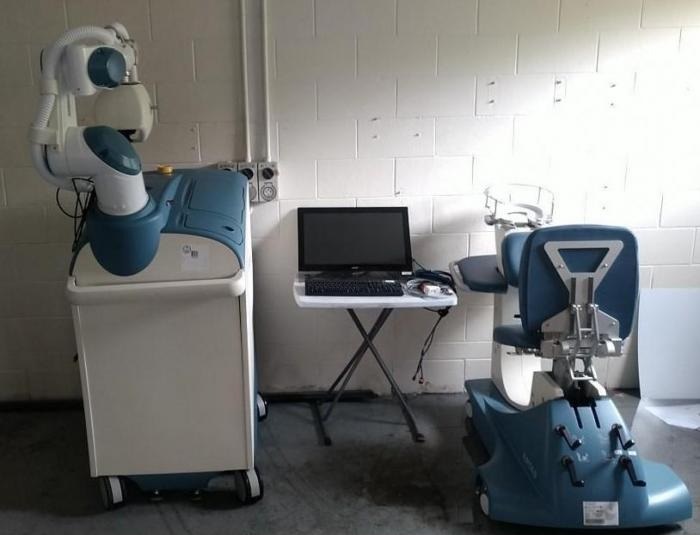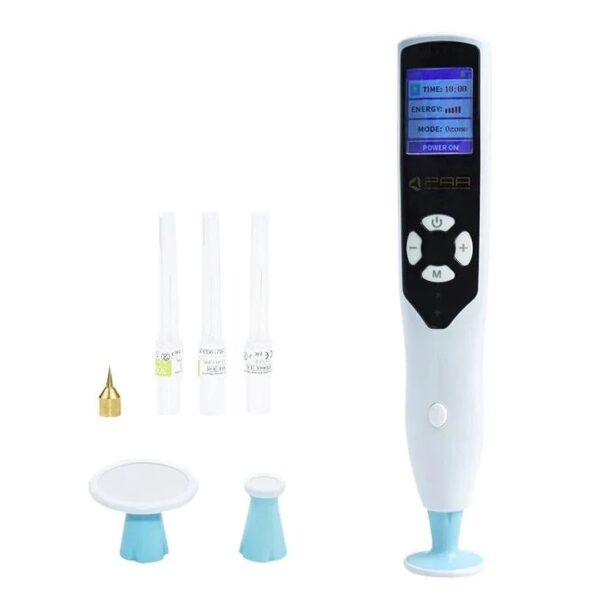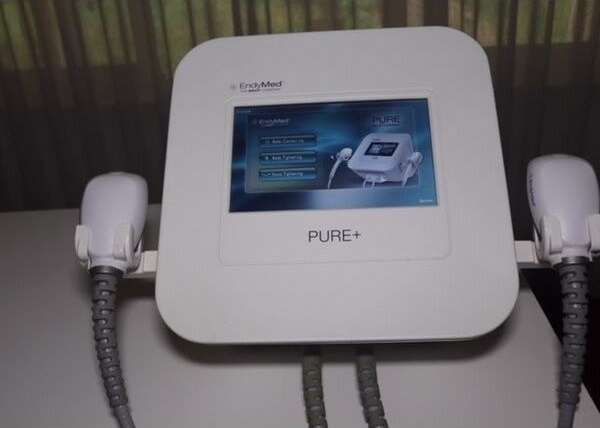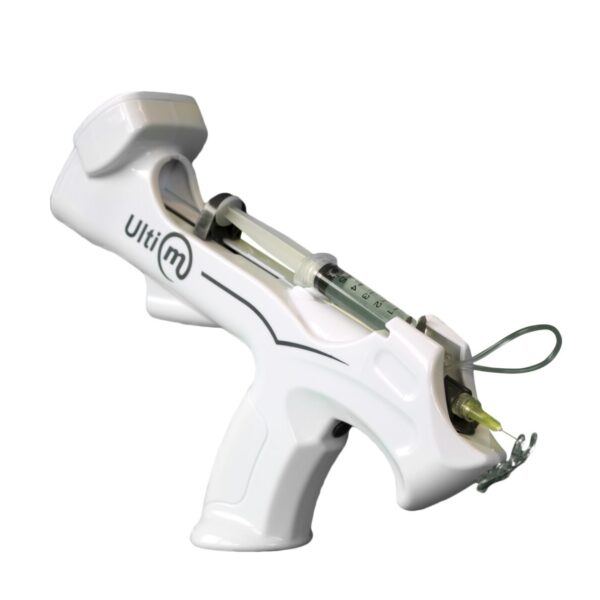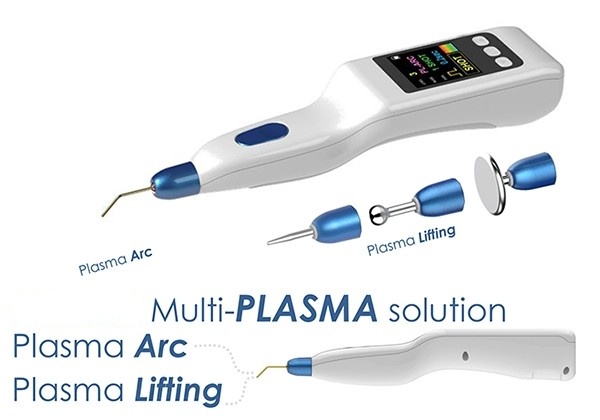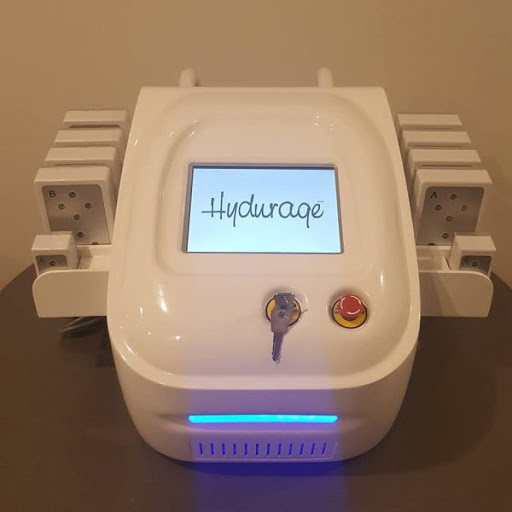Buy Artas Robotic Hair Transplant Machine Online. ARTAS Robotic Hair Transplant System, developed by Restoration Robotics, is a cutting-edge technology designed to automate the hair restoration process. The system uses advanced image-guided robotics to harvest hair follicles from the scalp and transplant them to areas of hair loss. This innovative approach to hair restoration has revolutionized the field, providing patients with a faster, more precise, and less invasive alternative to traditional hair transplant procedures.
The ARTAS Robotic system uses a high-resolution camera and computer software to create a 3D map of the patient’s scalp. This map is used to identify and select the best hair follicles for transplantation, based on their size, shape, and orientation. The system’s robotic arm then uses a small needle to extract the hair follicles from the donor area of the scalp, with minimal trauma to the surrounding tissue.
Once the hair follicles have been harvested, the Artas Robotic Hair system creates tiny recipient sites in the bald or thinning areas of the scalp using precise algorithms to ensure the proper spacing and angle of the new hairs. The harvested follicles are then transplanted into these recipient sites, with the system’s robotic arm again ensuring precision and accuracy throughout the process. ensuring consistently high-quality results.
*More limited use of suction/vacuum procedures, allowing for greater protection against dry out.
*Real-time analysis, which more accurately maps out and analyzes the natural hair groupings.
*The use of minimally invasive punch techniques (the patented blunt dissection technique).
*High-resolution digital imaging, which shows greater details of the donor site.
*Image-guided robotic alignment, which allows for more consistent grafting.
*A procedure that does not require strong medications after treatment.
*Minimal scarring that is less noticeable (no linear scarring).
*A virtually pain-free treatment.
*No use of scalpels or stitches.
*A fast recovery time.

